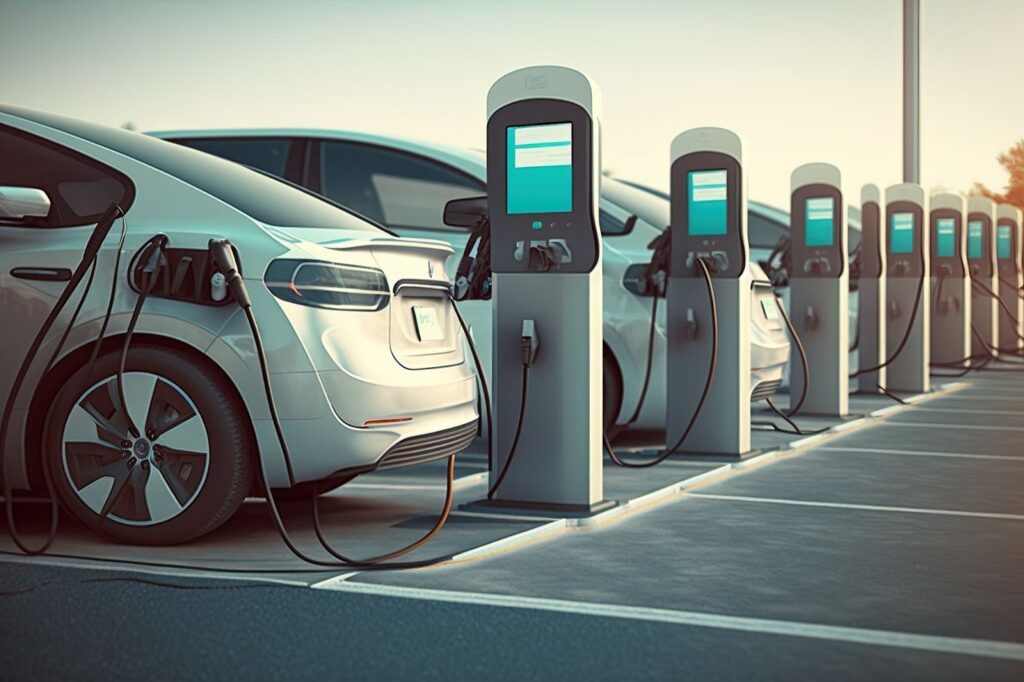
The hidden cost of EVs was revealed in a video by CNBC recently and it’s one that could cost you more than RM5,000.
According to the video, EV tyres wear out a lot quicker than regular ICE vehicles. Because of the high amount of torque and acceleration, EVs tend to wear our their tyres due to the grip needed on the tyres to accelerate the vehicle.
The regenerative braking, a feature on all EVs, is another force pushing against the tyres and it will compound over time.
Pair that combo with EVs generally being heavier than a comparable ICE vehicle and you have a recipe for higher tyre wearouts.
Yes, ICE vehicles with 2.0-litre turbocharged engines can similarly wear out your tyres quickly, but in those cases, you’re buying the beefy engine precisely for the fun of driving it.
EVs are marketed as eco-conscious vehicles that should help you save money in the long run but they’re also paradoxically marketed with insane 3-second records to complete the century sprint.
For reference, in Malaysia, the Tesla Model 3 RWD comes with Michelin e.Primacy tyres which cost about RM750 a pop. Discounting luxury vehicles, the average sedan’s wheels cost closer to the RM300 – RM400 range and you don’t even have to change them that often.
How much more often do you need to change the tyres? Well, this story says that EVs go through tyres 30% quicker and Michelin also agrees but with a slightly higher tolerance saying that tyres wear out 20% faster in EVs.
Electric vehicle tires are also specifically designed with optimised tread patterns, rubber compounds, and sound-absorbing foam.
This is because of the lack of engine noise, the road noise in a car becomes more noticeable. To combat this, tyre makers are forced to make EV specific tyres.
All of this tech further drives the cost of tyres up and may cost you more in the long term to maintain.
That said, a lot of this comes down to driving behaviour rather than simply inherently higher torque.
For seasoned drivers who understand how to accelerate, you may be able to switch out your tires at the same time as ICE vehicles.
But with the proliferation of EVs, we’re now entering an era where more and more people’s first vehicle may be an EV and they may think that accelerating at 300Nm of torque is the norm.





